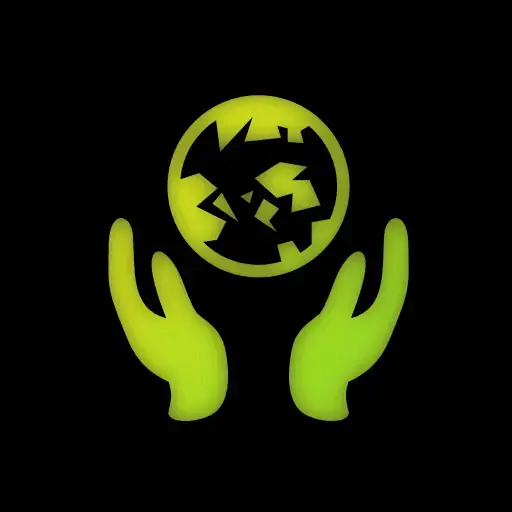

Well, it certainly wouldn’t be the first time that I call some code unnecessarily hard to read and others call it pythonic.
I understand that truthiness has an advantage when you don’t have static types, because it deals somewhat reasonably with most types, and then that is why many experienced Python programmers tend to use it. But I maintain the position that it therefore necessarily also makes it harder to read the code, because you necessarily provide the reader with fewer hints as to what is actually in that variable. It is very much like code using lots of generics in statically typed code.
As for if Enum.empty?(var), I actually prefer that to checking the length. That syntax in particular, I find a bit too complex – my preferred version is if var.is_empty() – but I still think it makes it easier to read than a length check.
Of course, there’s the nuance that it’s more syntax to remember for actually writing the code. And in particular in dynamically typed languages, your editor may not be able to auto-complete that, so I can understand just not bothering with the extra syntax and doing len == 0 instead. It’s fine.









Eh, I’d argue that Java and C# are in the niche of having few features. While I don’t like this niche, Java having even less features makes it stand out more in this niche. If you’re looking for a language with more features than that, then there’s so many more feature-rich choices than C# that I just don’t feel like you’d choose C#, unless you want Java with integration into the Microsoft ecosystem.